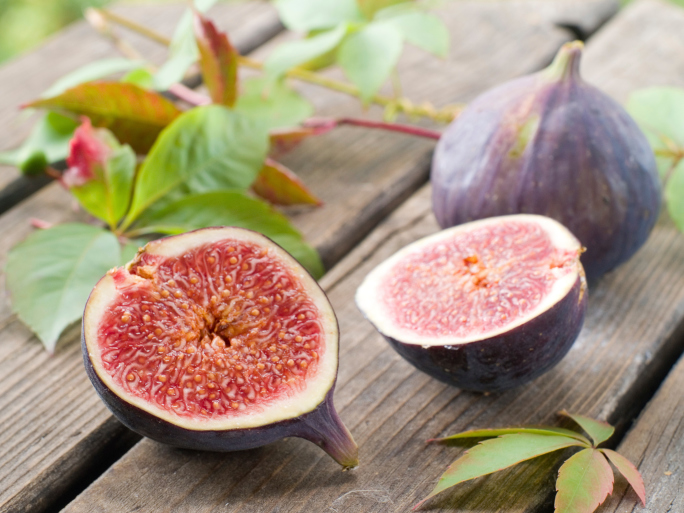Rural producers, cooperatives and small business owners join the export wave of hundreds of innovative food products that Latin America and the Caribbean offer to the world, which contribute a differential value in terms of natural properties, production standards and applied technology.
Figs
Figs are gaining increasing importance as nutrient-rich food products and, consequently, their consumption is rising in different parts of the world.
Although the fruit originated in the Mediterranean, Latin America has an ideal climate for its large-scale cultivation. Abundant drylands, mild winters and hot and dry summers provide a perfect environment for its mass production and export.
One of the region’s natural advantages is the off-season production with respect to the markets with the highest global demand. This means that in the months of winter there is unsatisfied demand that producers in our region are capable of satisfying.
Chile, Peru, Argentina, Brazil and Mexico are leading producers. The main fig markets are England and the United States but they are also exported to France, Canada, Switzerland, Hong Kong, and Dubai, among other destinations.
Habanero chili pepper
Znova is a Mexican company that produces habanero chili pepper that is exported to the United States and Canada. Mario Vázquez Izquierdo, Head of Marketing, tells us that the distinguishing feature of his company is to have brought technology to the field, not only with respect to the production of chili peppers but with respect to other crops as well.
Applications range from measuring the plant’s nutrients to climate analysis and how this affects the products. They also have their own greenhouses, shade houses and open-air cultivation. Thanks to this approach on technology they were able to increase production from 30% to 40%.
Contact with customers abroad enabled them to develop a performance control crop field to show what they are doing and how they are doing it. They also work with partner producers providing opportunities to the population of Merida, where they seek the same quality level of products.
Frozen fruit
At the Korea-LAC Business Summit, Cristhian Garbanzo, Manager of COOPAGRIMAR a Costa Rica cooperative, tells us about the recent trade agreements executed for the first containers of Costa Rican fruit to reach this destination.
The executive highlights the importance of learning about the market that one is seeking to conquer, “We cannot sell something if we do not know how that country operates, what they eat and how they live. If we want to go out and compete we have to know what the expectations are. In Korea we discovered a customer suited for our company, they are expecting something that we can provide” he states.
If this subject holds your interest don’t forget to check out the following articles and videos on Food 2015:



Follow Us